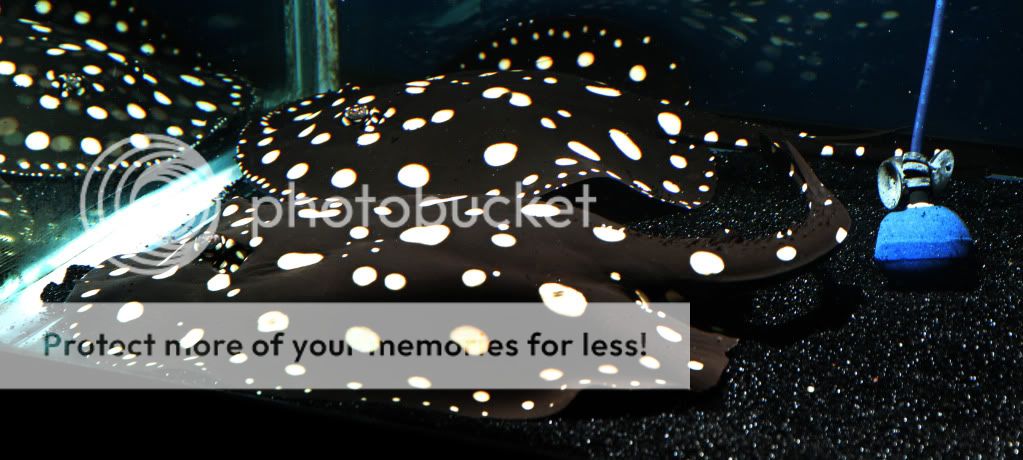dutch27
New member
I recently picked up a used DSLR (Canon 50D) after a couple years of using a P&S that had the ability to control all settings in full manual.
I've been reading up on lenses - not ready to buy new ones, just trying to learn - and am curious can explain to me the difference between two.
The EF 50mm f/1.8 II Standard (which I got with the camera) vs the EF 50mm f/2.8 Macro. It seems they both have the same 50mm focal length, so outside of the aperture difference I'm trying to figure out what makes one a macro and one not. Any input? I have interest in learning how to compose nice macros (not just aquarium), so eventually I may choose to invest in a true macro.
Also, just curious, what general settings does anybody who shoots their tank at around a 20k temp use? I've been experimenting with shutter, ISO, etc to find the sweet spot on the camera and am having limited success. I seem to have quite a bit of noise at times, I think my ISO is in general too high? I've been playing mostly around 400+ with the ISO. My P&S I would use at around 80-100, but the DSLR lenses I have do not have image stabilization so I'm going to start shooting with the tripod more to get crisper photos.
I've been reading up on lenses - not ready to buy new ones, just trying to learn - and am curious can explain to me the difference between two.
The EF 50mm f/1.8 II Standard (which I got with the camera) vs the EF 50mm f/2.8 Macro. It seems they both have the same 50mm focal length, so outside of the aperture difference I'm trying to figure out what makes one a macro and one not. Any input? I have interest in learning how to compose nice macros (not just aquarium), so eventually I may choose to invest in a true macro.
Also, just curious, what general settings does anybody who shoots their tank at around a 20k temp use? I've been experimenting with shutter, ISO, etc to find the sweet spot on the camera and am having limited success. I seem to have quite a bit of noise at times, I think my ISO is in general too high? I've been playing mostly around 400+ with the ISO. My P&S I would use at around 80-100, but the DSLR lenses I have do not have image stabilization so I'm going to start shooting with the tripod more to get crisper photos.


